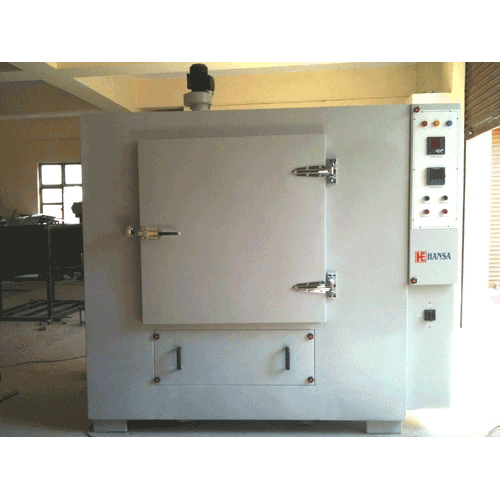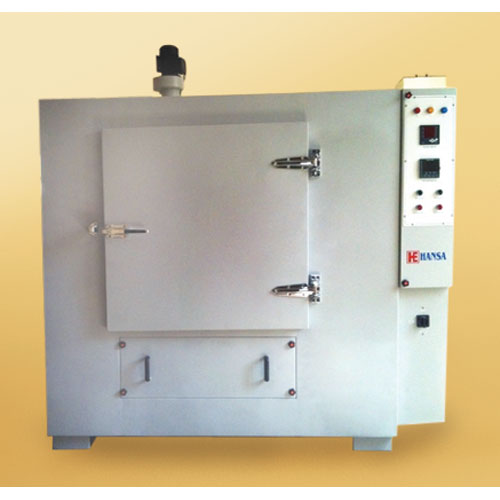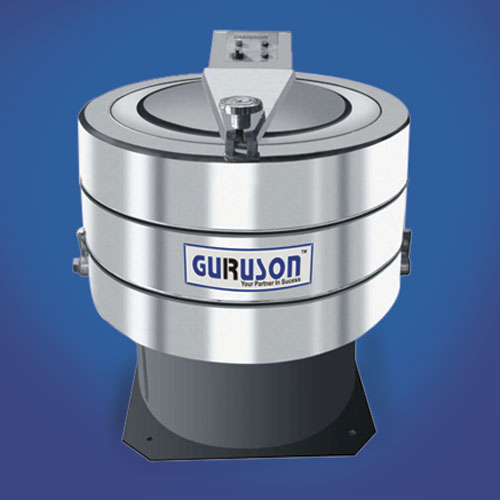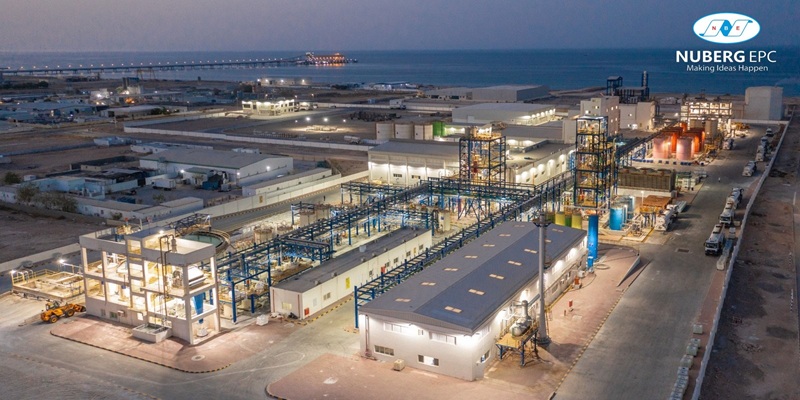Schedule a Call Back
Increase supply chain visibility with better data analytics
 Articles
Articles- Jul 18,22

- Automated data analysis replaces manual analysis, which doesn't always find every source of noncompliance. Hardware and software data sources can be leveraged to achieve process visibility and ensure operation within norms and permissible limits.
- Using historical and real-time data to anticipate manufacturing or distribution equipment failures, and reacting to them before this happens, ensures consistent product quality, consumer safety and company reputation. This serves compliance and visibility by creating strong sourcing and custody records, all the way back to the source of the raw material in some cases. Analysis yields transparency, which leads to accountability.
Related Stories

How Indian manufacturers can thrive in the volatile global supply chain era
In this article, Dijam Panigrahi, Co-founder and COO, GridRaster Inc, explores how manufacturers can build resilient, agile supply chains by leveraging technology, investing in people, and forming s..
Read more
India’s Decarbonisation Journey: Turning Climate Challenge into Opportunity
While decarbonisation is increasingly becoming a prerequisite to access premium global markets, India's path to net-zero by 2070 is complex. However, with coordinated action, strategic investments, ..
Read more
VflowTech aims to surpass $220 mn in revenue by 2029: Dr Avishek Kumar
VFlowTech develops vanadium redox flow batteries (VRFBs) to support renewable energy storage and drive India’s clean energy transition.
Read moreRelated Products

Heavy Industrial Ovens
Hansa Enterprises offers a wide range of heavy industrial ovens.

High Quality Industrial Ovens
Hansa Enterprises offers a wide range of high quality industrial ovens. Read more

Hydro Extractor
Guruson International offers a wide range of cone hydro extractor. Read more
















